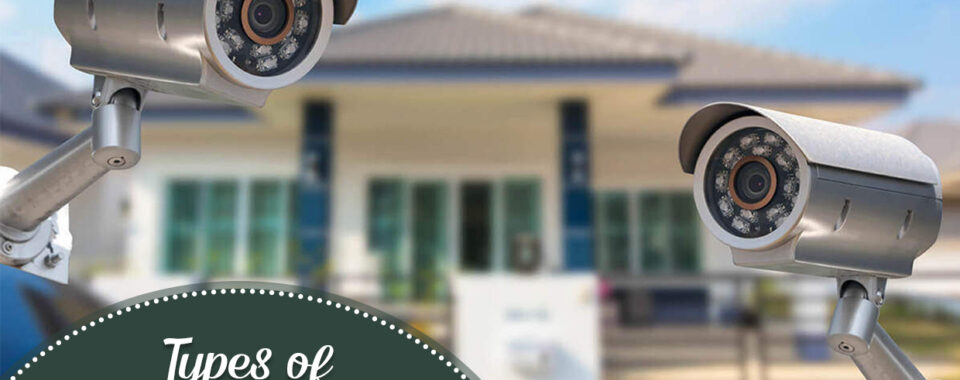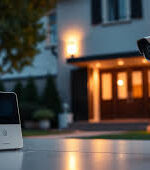
When choosing a security camera system, it’s important to understand the differences between the various types of cameras available on the market. The right choice depends on your specific security needs, whether for residential, commercial, or industrial use. Each type of camera offers unique features, advantages, and use cases.
Dome cameras are among the most common types used in both indoor and outdoor environments. Their compact, dome-shaped design makes them less noticeable, which is great for businesses wanting discreet surveillance. They’re ideal for monitoring wide areas like retail stores or office lobbies, and the dome casing makes it difficult for potential intruders to determine the direction the camera is pointing.
Bullet cameras, on the other hand, have a long, cylindrical shape and are typically mounted outdoors. They are more visible than dome cameras, acting as a deterrent to would-be intruders. Bullet cameras are great for long-range viewing and are often used to cover driveways, parking lots, or building perimeters. Many models are also weatherproof and equipped with infrared night vision.
PTZ cameras (Pan-Tilt-Zoom) offer a higher level of flexibility and are commonly used in large, open areas that require active monitoring. These cameras can be remotely controlled to pan left or right, tilt up or down, and zoom in on subjects. They are often used in shopping centers, warehouses, and stadiums where real-time tracking is crucial.
Turret cameras, also known as eyeball cameras, combine the features of dome and bullet cameras. They offer better infrared performance than domes and are easier to reposition during installation. They’re suitable for both indoor and outdoor setups and are often favored for their compact, versatile design.
Wireless IP cameras have become increasingly popular for both home and small business users. These cameras transmit data over Wi-Fi, eliminating the need for extensive wiring. They often include smart features such as motion detection alerts, cloud storage, and integration with mobile apps. However, they may require a strong, stable internet connection to function optimally.
Analog CCTV cameras, while less popular now, are still used in legacy systems. They connect to DVRs (Digital Video Recorders) and use coaxial cables. Though they lack the image clarity of newer IP-based systems, they can still be a cost-effective solution for basic surveillance needs.
Thermal and infrared cameras are specialized options used in environments with low light or total darkness. These cameras detect heat signatures rather than visible light, making them suitable for perimeter security, construction sites, and high-security areas.
Understanding these differences helps in selecting the right system for your needs. At KANCAM, we assess your property and recommend the ideal mix of security camera types to ensure maximum coverage, image quality, and reliability.





